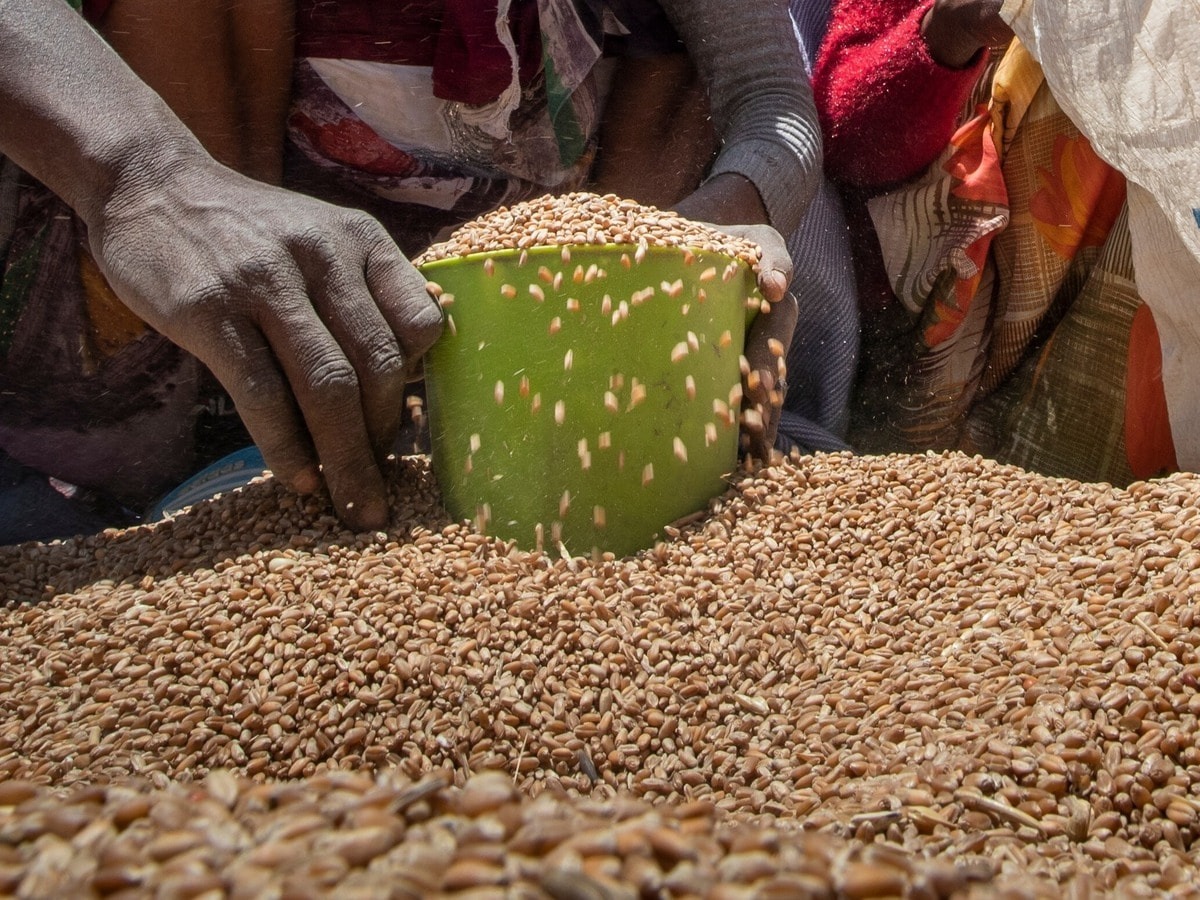There was a time when good food made a human health, but now the wheat from government ration has become a disaster. Hundreds of people suddenly started falling in Buldhana district of Maharashtra, causing a stir in the entire area. When the incident was investigated deeply, the shocking truth came to light.
Big disclosure in Dr. Himatrao Bavaskar’s study
The study of the Padma Award winner Dr. Himatrao Bavskar found that the poisonous element named Selenium is excessive in the wheat received from the government distribution system.
The supply of this wheat was especially from Punjab, which increased the concern in the entire area.
More than 300 people from 15 villages affected
- More than 300 people complained of hair loss in 15 villages of Buldhana district.
- Many people, including the sarpanch of the village, lodged a complaint of rapid loss of their hair.
- When an examination was done with a sample of wheat, a high amount of selenium was confirmed in the Varni analytics lab.
Dangerous level of selenium in wheat
| Wheat type | Selenium content (MG/KG) |
|---|---|
| No washed wheat | 14.52mg/KG (Many times more than normal level) |
| After washing | 13.61 MG/KG (Still dangerous) |
| General secure level | 0.1 to 1.9mg/KG |
What is the loss from the high amount of selenium?
- Selenium is essential for the body, but in large amounts it can become poisonous.
- The study also revealed that there was a huge lack of zinc in the body of the affected people, which is an important element for hair growth.
- Earlier, the Indian Council of Medical Research (ICMR) also found a high amount of selenium in the blood of the people, but he did not directly blame government wheat.
Apple will invest $ 500 billion in America in four years
Did poisonous wheat come from Punjab?
- Dr. Bavaskar says that in some areas of Punjab, the impact of selenium -rich floods has been seen on crops earlier.
- It is being suspected that the same poisonous wheat joined the government supply chain, which caused this crisis.
Dr. Bavaskar revealed big cases earlier also
- In 2010, 200 villages of Buldhana district investigated increasing cases of kidney diseases.
- His report found that there was a dangerous amount of cadmium and lead in the water there.
- In the case of existing hair loss, he himself spent a lab test by spending Rs 92,000, so that the truth can be revealed.
What will happen now?
The presence of poisonous elements in government ration can become a major public health problem. Now it has to be seen what steps the government takes on this and whether the affected people get any relief.
